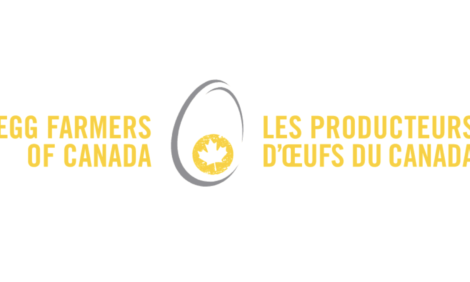



Best Practice Disposal of Spent Hens
AUSTRALIA - For egg producers, nothing is more important than the welfare of their birds; it is their livelihood. This extends to their treatment at the conclusion of their productive life.With some depopulating methods becoming economically unviable, farmers are looking for alternatives. As there are a number of methodologies that can be utilised to euthanise layer flocks on-farm, farmers must be sure that their procedures comply with relevant legislative requirements and uphold their duty of care toward their animals. To date there are no standard assessment and management tools available for producers to ensure best practice.
A new Poultry CRC project, titled Development and Extension of Industry Best Practice for On-Farm Euthanasia of Spent Layer Hens, is being led by Dr Angus Crossan from Australian Egg Corporation Ltd (AECL). The research seeks to address this issue by providing solid guidance to farmers in the form of adaptable Standard Operating Procedures (SOPs) that are accepted by the poultry industry, Governments (State and Commonwealth) and recognised welfare bodies in outlining methodology for the slaughter of spent hens on-farm. It will also extend its content to discuss or provide reference to material on the disposal of deceased birds.
Dr Crossan explains, "Changes to the market for end of lay hens and the new Land Transport Standards have changed the operating environment. Therefore more egg producers are looking for alternative (and cost-effective) options, such as on-farm euthanising and subsequent composting, or cogeneration options (combined heat and power)." In addition to egg production, many aspects of the developed SOPs will be readily adaptable in other sectors of the poultry industry. "We are often asked for insights and guidance from producers which tells me that industry is keen to embrace the outputs of this project," he said.
With a number of legislative instruments to comply with, such as State animal cruelty acts and the Federal Land Transport Standard, the project aims to develop clear guidance to ensure the process is managed effectively with each facility. "SOPs are expected to be readily adopted by egg producers, saving them time and resources whilst proving legislative certainty and assisting producers in upholding their duty of care," said Dr Crossan. "It is important that the industry as a whole works to minimise the risks of poor welfare outcomes associated with end-of-lay hens; poor outcomes can lead to a more negative perception of the industry within our community."
The result of this project will be greater consistency and efficiency for producers; such quality control systems can reduce costs while ensuring hen welfare is maintained. A key strength of this partnership between AECL and the Poultry CRC is the ability to rapidly disseminate outputs to industry for widespread uptake. Indeed, AECL will review the integration of the SOPs into its own Quality Assurance program.
"It is such an import aspect of egg production systems that we need to ensure best practice is established throughout the industry in large and small facilities alike," Dr Crossan assured. "It only takes one mistake to significantly affect the industry’s reputation. The outcomes of the project will help demonstrate and defend the social licence of modern egg production," he concluded.











